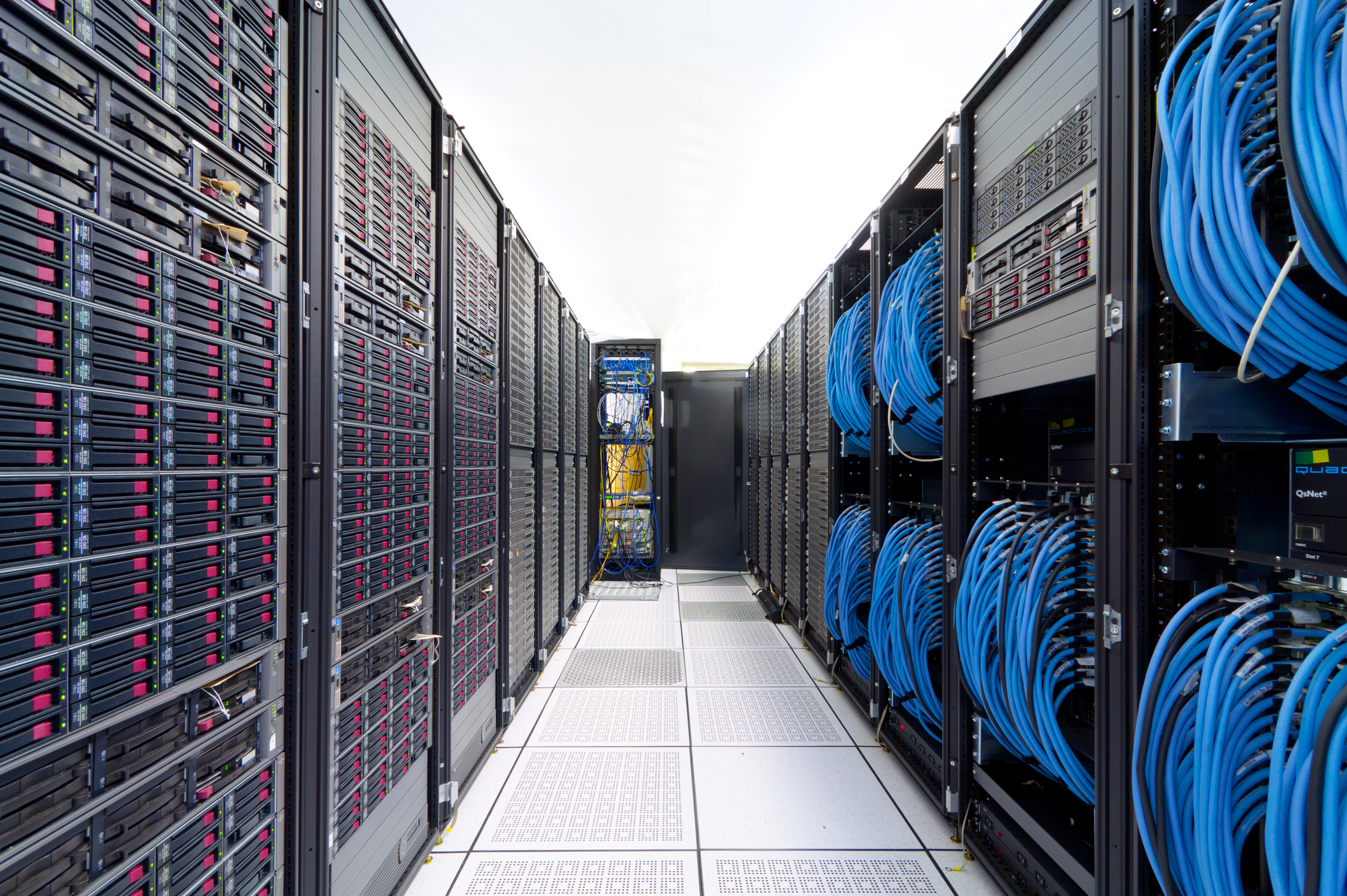Why Data Centres and Crypto Mining Operations are Turning to Immersive Cooling
While most of us love the hot, sunny days of summer, our tech doesn’t. In fact, servers, GPUs, and computers operate best in cool temperatures. It’s one of the reasons we air condition our offices – and it’s one of the biggest challenges facing data centres, crypto mining operations, and other IT-intensive businesses.
Feeling the Heat
As anyone who has sat with a laptop on their legs for hours will know, computers generate a fair amount of warmth. And when you have tens of thousands of computers running, you’re going to generate quite a lot of heat. Ideally, data centres and similar operations should maintain a temperature of 18 to 27 degrees Celsius. This is the optimal range for getting the best processing speeds, and going higher can cause components to slow down, wear faster, and fail.
To mitigate this, these spaces are cooled with air conditioners and fans, and humidity is maintained at a very strict level. But all of this costs a huge amount of money and draws a massive amount of electricity.
Bitcoin mining operations alone use 121.3 terawatt-hours per year – more energy than the whole of Argentina. If these operations were considered a country, it would rank in the top 30 highest energy users in the world – and it’s an industry that’s still growing.
Some operations have tried to find alternative uses for the heat they draw, supplying it to greenhouses and farms through icy winter months. Others have moved to colder climates like Iceland, Norway, and Sweden to use the environment to reduce heating costs. But there is another alternative – immersion cooling.
Industrial Dielectric Cooling for Data Centres and Crypto Mining Operations
This is a method of immersing computer components in a thermally conductive, but not electrically conductive, liquid. It’s been used for a long time to cool industrial components that generate significant heat, such as transformers, and is a safe and effective form of mechanical cooling. Excess heat is drawn into the fluid and expelled using a heat exchange. No fans are needed, and air conditioning can be minimised at the same time.
For companies running hundreds and thousands of servers, this method of cooling keeps components at the ideal temperature range for performance, increasing processing speeds and component lifespan while reducing energy usage. Additionally, the fluid also acts as a rust and corrosion preventative.
This adaption of industrial solutions for commercial applications is a great example of using what we already have to achieve more, from improving performance to reducing wastage.
At Otto, we are passionate about innovation in the world of tech – as well as sourcing interesting and effective solutions that will help our clients thrive in a digital world. Chat to our team today and find out how we can help you adapt, grow, and thrive.



